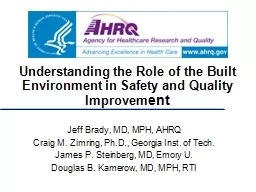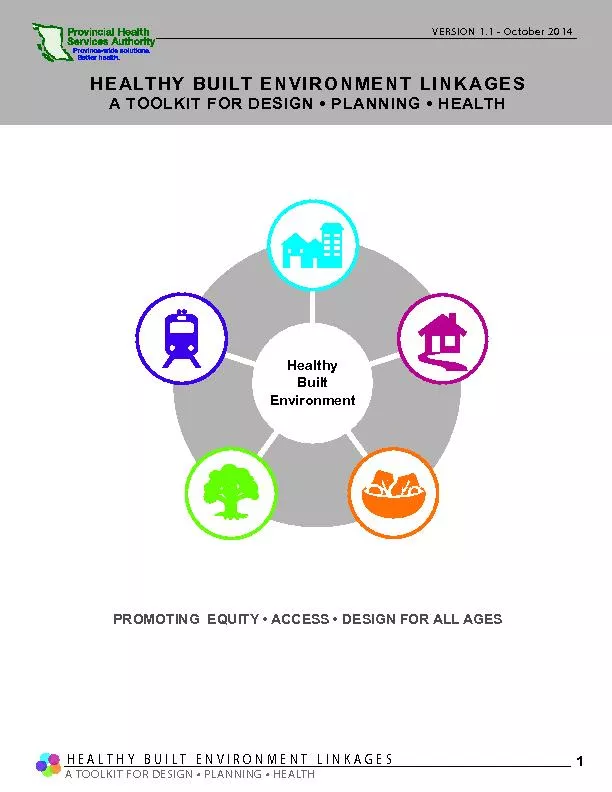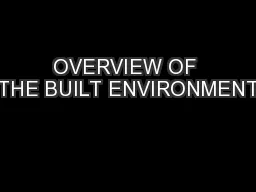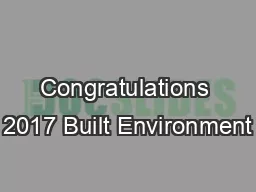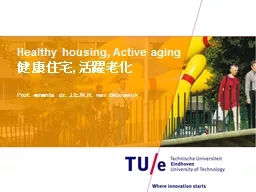PPT-Understanding the Role of the Built Environment in Safety a
Author : myesha-ticknor | Published Date : 2016-07-23
ent Jeff Brady MD MPH AHRQ Craig M Zimring PhD Georgia Inst of Tech James P Steinberg MD Emory U Douglas B Kamerow MD MPH RTI Welcome and Overview Jeff Brady
Presentation Embed Code
Download Presentation
Download Presentation The PPT/PDF document "Understanding the Role of the Built Envi..." is the property of its rightful owner. Permission is granted to download and print the materials on this website for personal, non-commercial use only, and to display it on your personal computer provided you do not modify the materials and that you retain all copyright notices contained in the materials. By downloading content from our website, you accept the terms of this agreement.
Understanding the Role of the Built Environment in Safety a: Transcript
Download Rules Of Document
"Understanding the Role of the Built Environment in Safety a"The content belongs to its owner. You may download and print it for personal use, without modification, and keep all copyright notices. By downloading, you agree to these terms.
Related Documents

